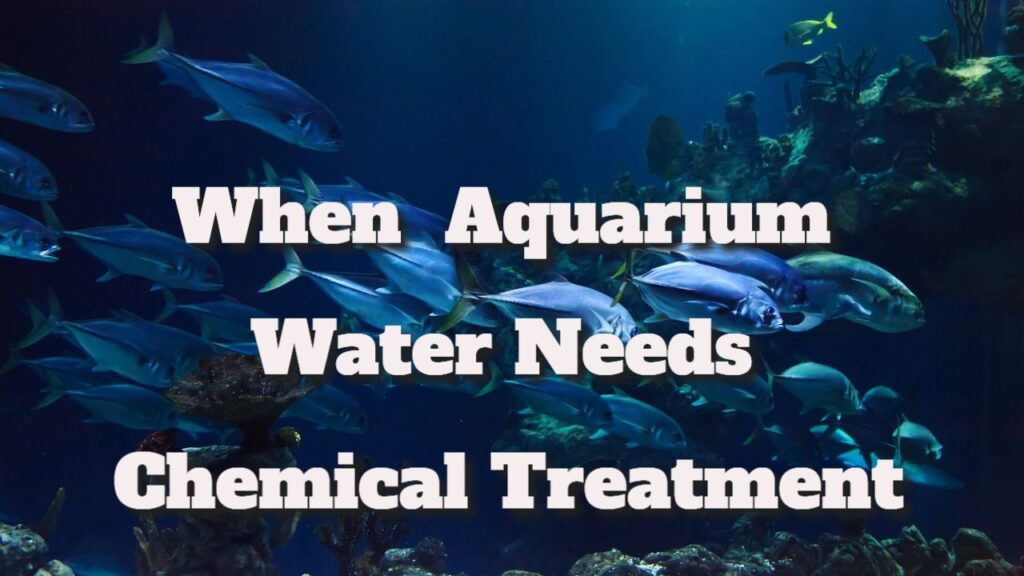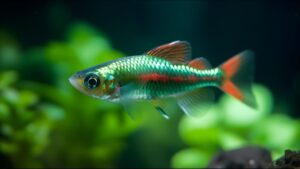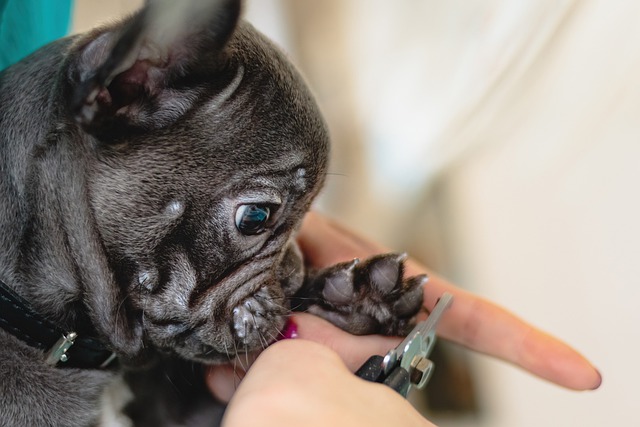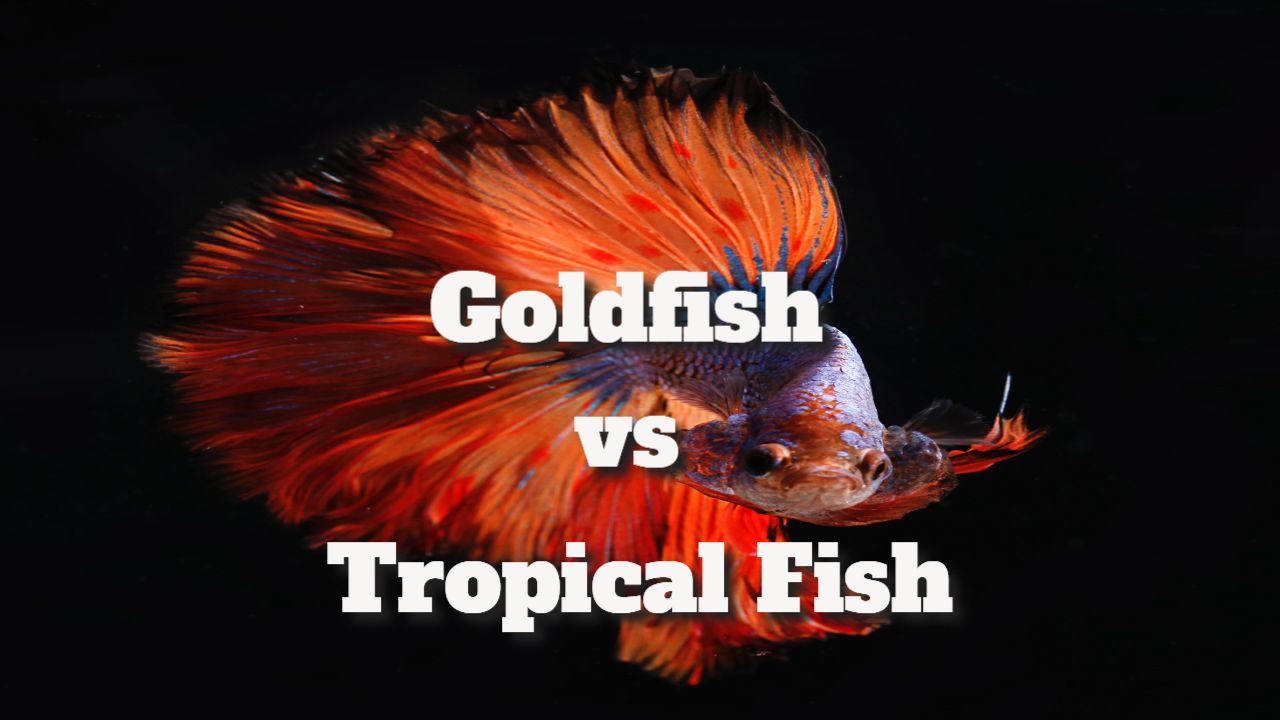When And How Much Aquarium Water Needs Chemical Treatment
Contents
When And How Much Aquarium Water Needs Chemical Treatment
Many fishkeepers need clarification about the function of water preparation chemicals for aquatics, the potential risks of overdosing, and the differences between the many brands of disinfectants.
Based on available research findings and our extensive experience with water purifiers, we want to tell you the truth about water purifiers and answer your most often-asked questions.
Do fish require water prep?
Vielleicht. Suppose your drinking water comes from a city water supply or another public water system. In that instance, it was most likely treated with chlorine or chloramine to eliminate bacteria, viruses, and other microbes that could cause illness.
These chemicals harm aquatic life and beneficial bacteria and must be removed from the water using a disinfectant. If you forget to add a water conditioner to the tap water, your fish’s heads may become irritated, causing them to keel or struggle to breathe.
If your drinking water comes from a well or another source not treated with chemicals, your aquarium may not require a water purifier.
We recommend testing your Brunnenwasser for Schwermetalle, as several disinfectants can help remove them.
Does the chlorination of the water stop?
Yes, chlorine is quite unstable and usually evaporates from water. Many water treatment facilities, however, have opted to use chloramine instead of chlorine since it is a more stable disinfectant produced by combining ammonia with chlorine.
Chloramine cannot be removed from water simply by dissolution and must be neutralised using an anti-chlorine agent. If you are confident that your drinking water has chlor and no chloramines, you can leave the water for 1-5 days to deplete the chlorine.
To speed up the drying process, blow dry the water for 12-24 hours or cook it for 15-20 minutes. Use multitest strips to measure the water and ensure no more chlorine is present.
What purpose does a dechlorinator serve?
The primary goal of water preparation chemicals is to produce chlorine and chloramine while also making the water safe for fish. Almost all disinfectants contain sodium thiosulphate, which reacts with chlorine and chloramine and produces harmless byproducts.
Natriumthiosulfat resembles stone salt or white powder and is commonly dissolved in water to produce a liquid disinfectant.
Some water conditioners contain pH buffers, Aloe Vera to heal fish gills or other additives.
How can you get rid of ammonia-based cleaning products?
Some of them do this exactly as stated on the packaging. The main reason is that dechlorination, used to treat chlorine, only reacts with the chlorine molecule and not the ammonia molecule.
The ammonia ions that remain in the water are toxic to fish. As a result, several disinfectants, such as Fritz Complete Water Conditioner, Seachem Prime, and Kordon AmQuel, contain additional chemicals that convert ammonia to an inert state (i.e., ammonium) for up to 24 hours.
During this time, the ammonium produced by the beneficial bacteria in your aquarium and filter might be consumed and degraded.
Is dechlorinator terrible for fish?
Im Allgemeinen nicht. However, there are some rare, unique cases in which it may be dangerous. When the reducing agent in the de-chlorinator removes the chlorine from the water, it consumes oxygen, and this reaction can be dangerous in water with low oxygen content.
For example, a 90% water change may be required in goldfish and diskus aquariums. When you use water with a low Oxygen content, the available Sauerstoff is reduced further by using several disinfectants, which can lead to the death of fish and beneficial bacteria.
Most aquarium owners try to avoid this by increasing surface movement in their tanks to increase gas exchange when carbon dioxide (CO2) exits, and fresh oxygen enters the aquarium water.
Hobbyists who use planted high-tech aquariums to produce CO2 under pressure frequently try to minimise surface movement. As a result, the gas exchange should be reduced, allowing more CO2 to remain in the water for plant use.
As a result, plants only consume CO2 during the day, whereas they consume oxygen at night.
When you do a water change early in the morning, when the lighting is turned on, the dissolved oxygen in the water is at its lowest. Adding sulphur-free water and a dechlorinator could spell disaster for your aquatic animals.
How much dechlorinator should I use per gallon?
Every extractor is unique; thus, adhere to the dosing instructions on the package. For example, in Fritz Complete, 1 ml of dechlorinator is specified for every 10 litres of water.
What makes these statements confusing is that different communities use different amounts of chlorine in their water. How can you know which concentration is correct for your water?
Because the manufacturers of disinfectants need to know how much chlorine is used in your city, they propose general guidelines intended to apply to all residents’ tap water.
How long does it take the dechlorinator to work?
Because it takes around 2-5 minutes to neutralise chlorine and chloramine, many businesses recommend placing the disinfectant in a separate container before adding the water to the aquarium.
However, we always put the water heater directly into the aquarium and added fresh distilled water, and there have never been any problems.
Can you put too much chlorine in your aquarium? You can treat extremely high chloramin, nitrite, or other harmful chemicals with Fritz Complete by giving the fivefold recommended amount within 24 hours.
This is a large area with a lot of room for error. Keep in mind that high concentrations of disinfectants quickly reduce the amount of dissolved oxygen. Therefore, it is preferable to add an airstone for the next 3 to 4 hours to increase the oxygen content of the water.
Investigating chlorine guidance in your community might be a good idea, as well as conducting a few experiments at home. Suppose you discover that your city consumes two ppm (Teile per Million) of chlorine.
If you perform a 30% water change in a 100-gallon aquarium and use three Fritz Complete pumps to supply 30 gallons of water, does the chlorine test show 0 ppm?





This topic brings to mind just how crucial water quality is to maintaining a healthy aquarium environment—a subject that can often feel overwhelming for both newcomers and seasoned aquarists alike. Your insights into the use of water preparation chemicals shed light on an area that is sometimes clouded in misinformation and confusion.
You’ve hit the nail on the head about water quality—it can definitely feel overwhelming, especially with all the mixed messages out there. When I first started, I was a bit lost in the myriad of products and advice. I found that keeping it simple really helps. Focus on the basics like regularly testing your water and understanding your aquarium’s specific needs.
This topic is so relevant for anyone venturing into the world of aquarium keeping! I remember the first time I set up my own tank; I was taken aback by the myriad of products available for water conditioning. Initially, I didn’t truly grasp how crucial it was to properly prepare the water. I had used untreated tap water, thinking it would be fine since I drink it without issues.